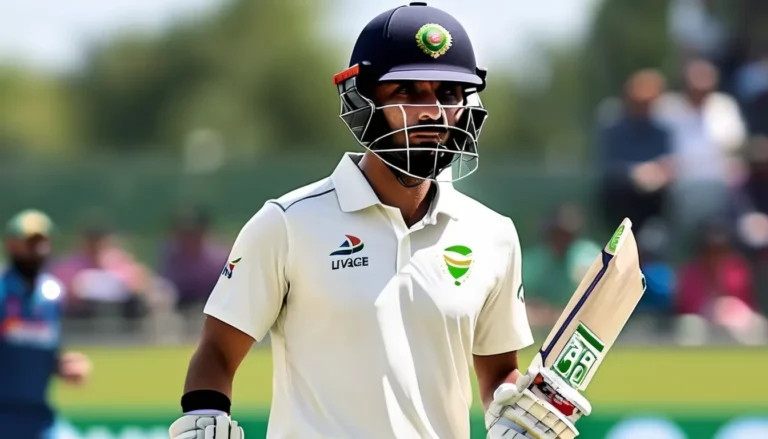Analyzing Cricket’s Influence on Youth Development
Allpaanel, 11xPlay: Cricket has a long-standing tradition as a popular youth sport, with its roots dating back to the 16th century in England. Initially played by the nobility and aristocrats, the sport gradually gained popularity among the working class, leading to the formation of cricket clubs and leagues specifically catering to the youth demographic. Over the years, cricket has evolved into a widely practiced sport across various age groups, with youth cricket leagues flourishing in many regions around the world.
As a youth sport, cricket offers numerous benefits beyond physical fitness. It serves as a platform for young individuals to develop essential life skills such as teamwork, sportsmanship, and discipline. The structured nature of cricket fosters a sense of responsibility and commitment among players, teaching them the value of dedication and hard work. Moreover, the competitive spirit inherent in cricket instills important values like resilience and perseverance, preparing young athletes for challenges both on and off the field.
The Physical and Mental Benefits of Playing Cricket
Playing cricket offers numerous physical and mental benefits to those who participate in the sport. The physical aspect of cricket involves running between wickets, throwing, catching, and swinging the bat, which help improve overall fitness levels and coordination. Engaging in these physical activities on a regular basis can enhance endurance, strength, and agility.
Moreover, the mental benefits of playing cricket involve strategic thinking, decision-making, and focus. Players are required to analyze the game situation, anticipate the opponent’s moves, and adjust their gameplay accordingly. This cognitive stimulation can improve problem-solving skills, concentration, and the ability to work under pressure, all of which are valuable in both sports and everyday life.
How Cricket Promotes Teamwork and Communication Skills
Cricket, as a team sport, emphasizes the importance of teamwork among its players. Teams rely on each other’s skills and contributions to achieve a common goal, fostering a sense of unity and collaboration. This shared objective encourages players to communicate effectively with one another, strategizing and executing plays as a cohesive unit.
Through playing cricket, individuals learn the value of communication in a team setting. Clear and timely communication is essential for coordinating movements, making split-second decisions, and adapting strategies on the field. Players must convey their intentions, listen to their teammates, and provide feedback, all of which contribute to the team’s overall performance and success.







